WASHINGTON — New Army Chief of Staff Gen. James McConville is hoping to make major strides in building out a reformed and modernized land force. He spent the last several years deeply involved in laying the foundation.
McConville became the 40th chief of staff of the Army in a swearing-in ceremony Aug. 9. Along with Army Chief of Staff Gen. Mark Milley, Secretary Mark Esper and Under Secretary Ryan McCarthy, McConville, as vice chief, initiated the concept of Multi-Domain Operations, which is becoming doctrine.
He also worked on a number of financial and personnel reforms; conducted top-to-bottom budget reviews that freed up more than $30 billion for modernization efforts; and, most significantly, established and stood up Army Futures Command, a four-star command that is tasked with rapidly bringing modernized war-fighting capabilities to soldiers.
RELATED
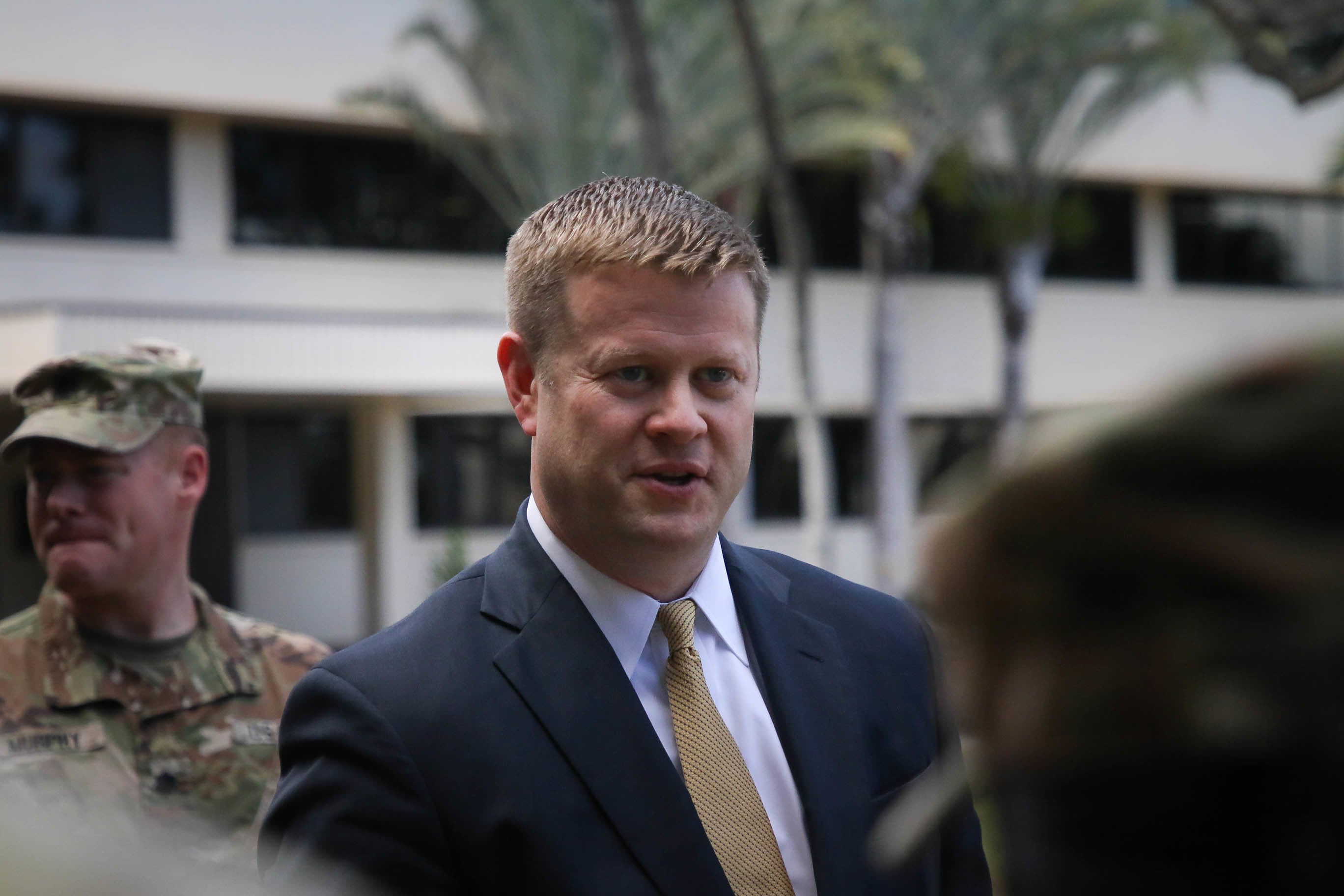
Those leaders have since been elevated from their posts: Milley will become the chairman of the Joint Chiefs of Staff, Esper has become the new defense secretary and McCarthy is set to become the next Army secretary.
Just a week before McConville was sworn in, Army Futures Command declared full operational capability. Now the Army will look to McConville to keep the momentum going.
“I think at the end of my tenure, I would like to be able to say that the Army was ready to fight and win every day of my tenure and the Army has modernized,” McConville told Defense News in an exclusive interview. “I believe it must modernize and with new doctrine, a force redesigned and capabilities that we need for multi \domain operations.”
McConville also wants to see the Army well on its way to delivering capabilities within the service’s six modernization priorities that leadership set a few years ago, and he wants the service’s 21st century talent management system in remain in place.
Modernization
McConville reaffirmed to Defense News that the Army’s modernization priorities will not change and are still on track. The service is scheduled to come out with a new modernization strategy “within a reasonable amount of time,” McConville confirmed. The strategy is expected as early as this fall but at least will be out by the end of the year.
To stay on track, the service is committed to continuing deep dives every budget cycle to try to uncover any funding that could be moved into paying for its ambitious modernization efforts.
McConville said the Army recently completed another review to develop the fiscal 2021 budget and five-year funding plan. He wouldn’t go into detail about the amount of cash freed up or the programs affected by shifting funds, but he did say that “the programs that support the National Defense Strategy and make us more lethal and ready for great power competition are going to come out on top. The programs that are having challenges meeting the cost performance and schedule parameters, quite frankly, are vulnerable to either cuts or cancellations, so that’s where we stand in modernization.”
RELATED
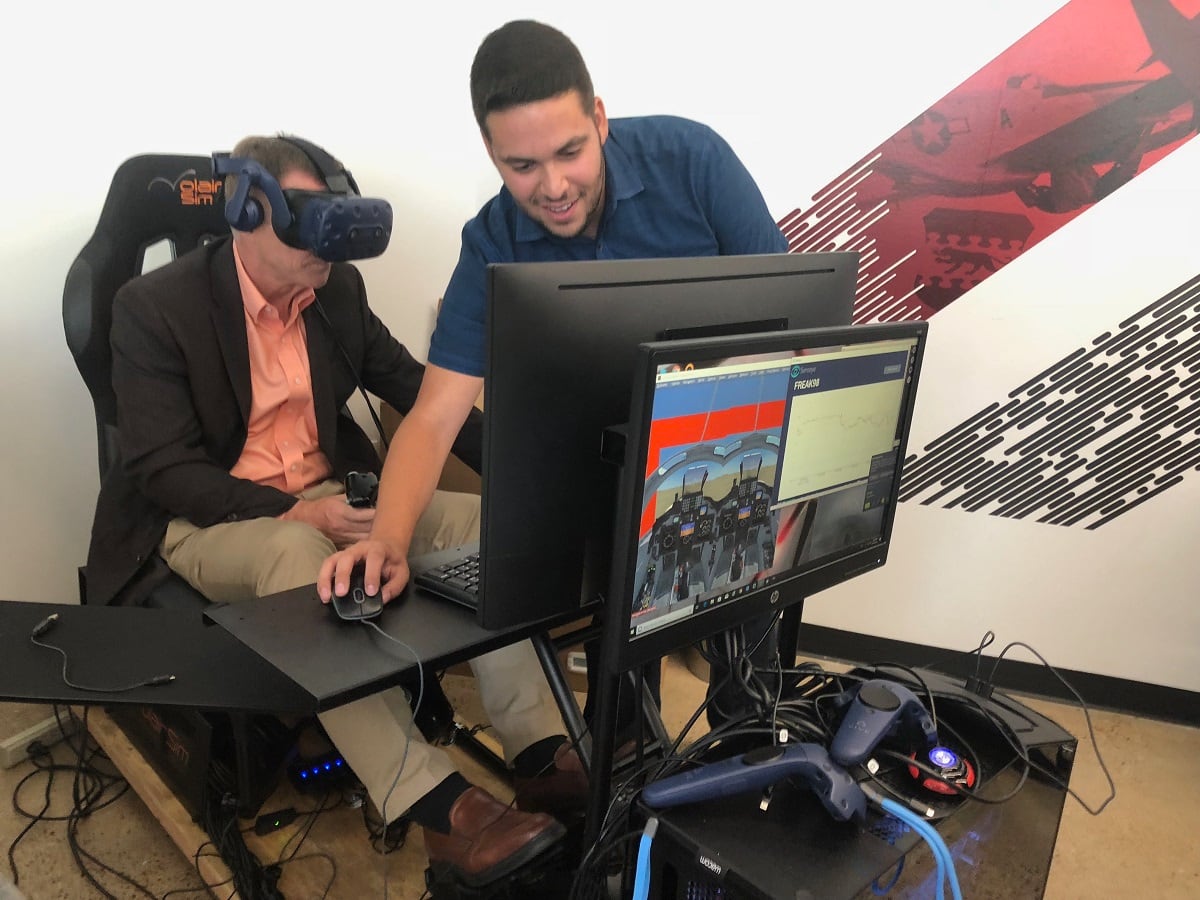
During its first-ever deep dive to free up cash for modernization, “we really made some big moves,” McConville said, “so in some ways, this year, I’d say the moves are much less impactful as far as overall program shift because we made a major shift now. Now what we’re doing is we’re just aligning the programmatics and working through, with the Hill and [the Office of the Secretary of Defense], on what the final numbers are going to be for each of the programs.”
To make priority programs successful, he added, it will be important to work with industry partners to ensure reasonable schedule and cost that make it possible to get prototypes rapidly fielded to soldiers.
And McConville has a demanding schedule laid out to deliver critical prototypes on a variety of programs within the Army’s top priorities.
Many of these programs will see prototypes in just a few years, and most of the programs will be delivering some version of a capability by the time McConville wraps up his time as Army chief. He’s committed to accelerating as many programs as possible.
RELATED
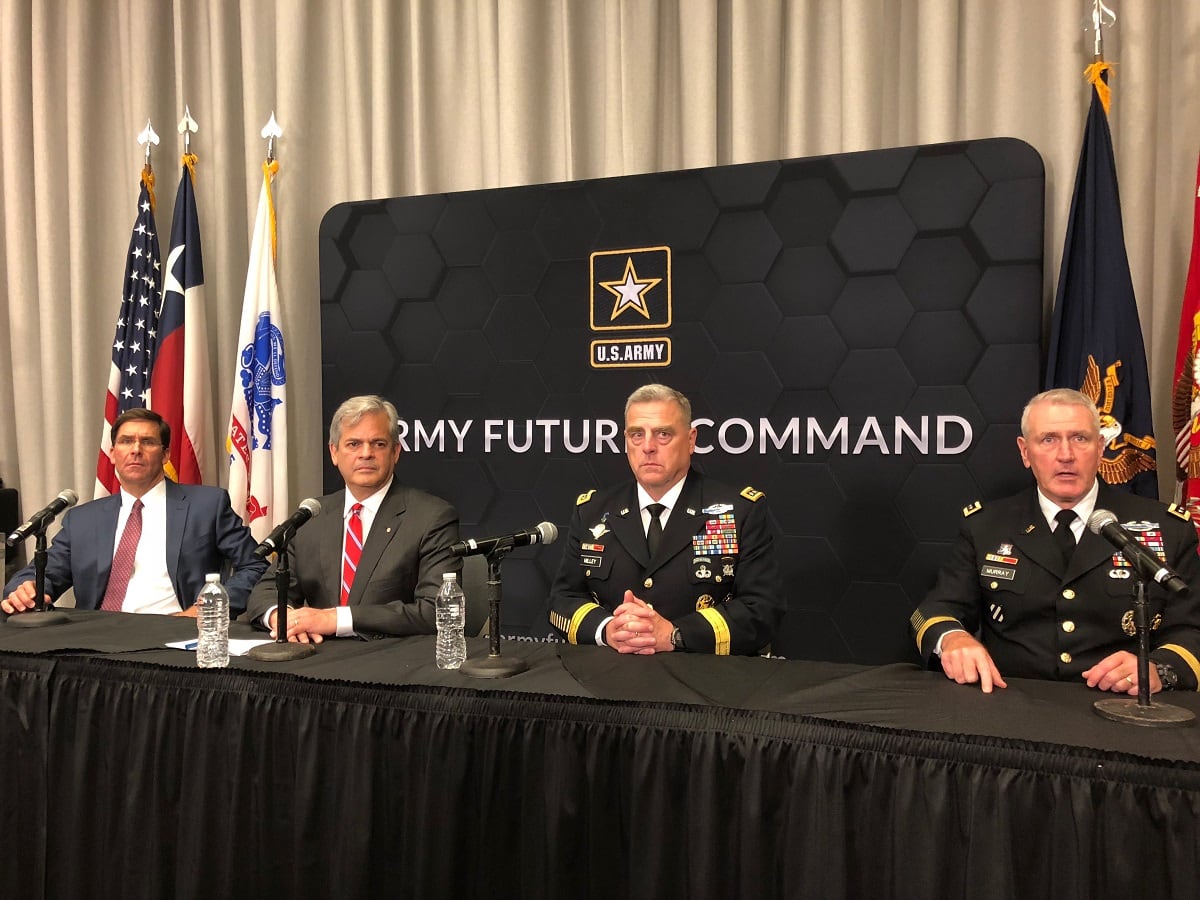
“What we’re trying to do is work very close with industry. We’ve changed our processes, we’re trying to move from an industrial-age Army to an information-age Army,” he said, “so our processes are different and we really want to kind of move at the speed of relevance. Technologies move very, very quickly and we have to stay with it. We can’t let our processes slow us down. And what we’re saying to industry is: “Show us.” We want to fly it or drive it before we buy, and if they could produce it quicker at an acceptable cost, we’re willing to move with them to get the best technology in the hands of our soldiers.”
But there are many factors that could derail modernization. After FY22, McConville will have to, once again, push for predictable funding from Congress, as Capitol Hill only reached a budget deal for the next two years.
And there are other potential issues like navigating rapid contracting, which is particularly challenging for foreign companies, of which many are trying to compete in efforts like the Optionally Manned Fighting Vehicle. Prototypes are due in the fall, and it’s likely the only vehicle designs will be foreign.
RELATED
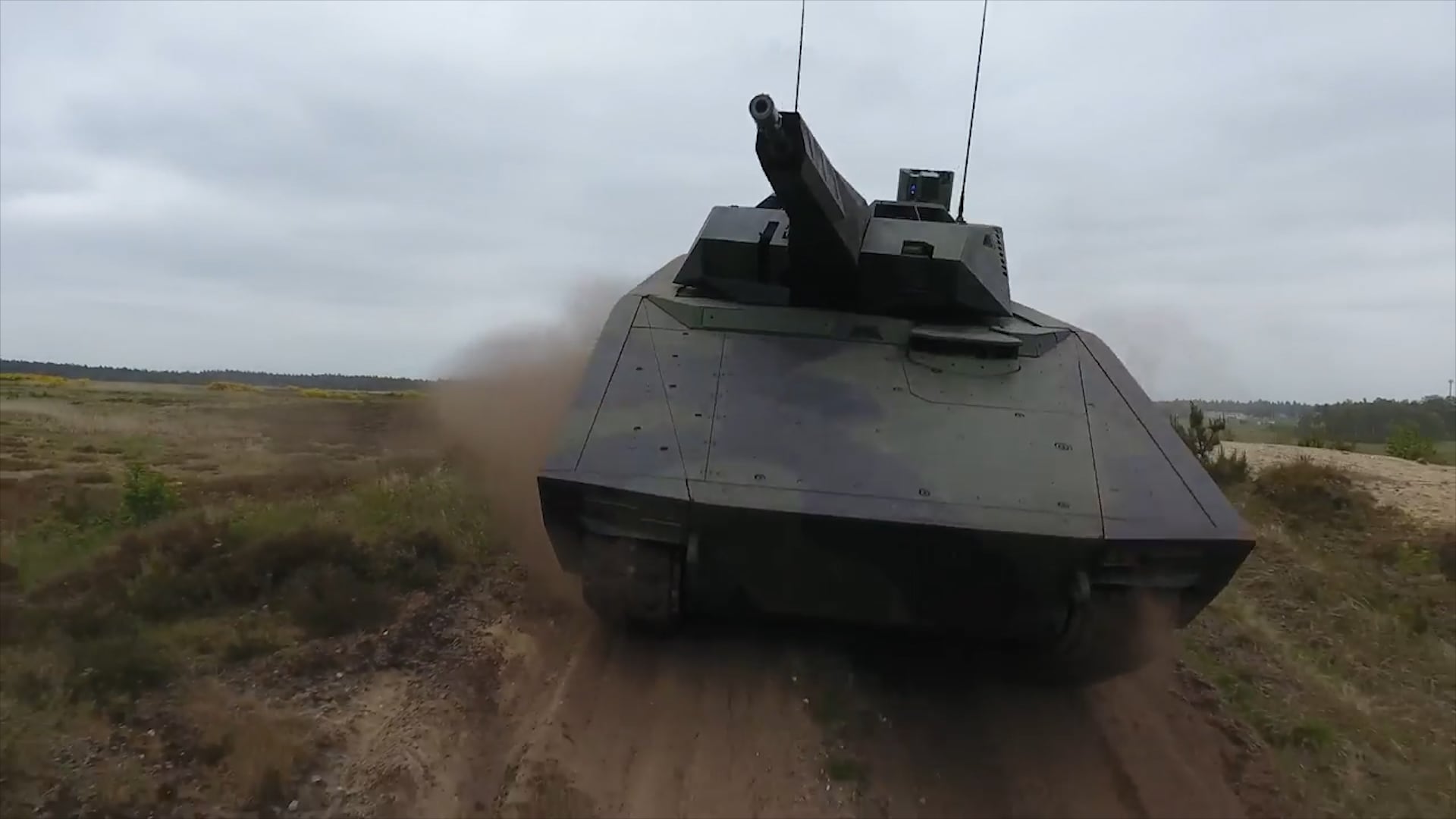
“We invite everyone to participate in the competitions, but foreign companies, we want to make sure they participate in accordance with the regulations and laws we have, and they have to work their way through that,” McConville said.
One way of making it easier for foreign companies to play is to work with American partners, he added.
New doctrine
The new chief will also be tasked to move Multi-Domain Operations from a concept into doctrine and will continue to refine its development through war gaming and experimental deployments of MDO task forces in both the Pacific region and Europe.
“We’re in discussions with Europe and we are certainly in discussions with the Pacific,” McConville said. “We want to provide them multiple options that deal with great power competition.”
The Army is building capabilities within the MDO task forces around information intelligence, cyber, electronic warfare and space, McConville said. Then the service will integrate long-range precision fires and effects supported by other critical enablers.
“We look at that system or that organization being different in each of the theaters, but we will augment them based on what they need to conduct the mission,” McConville said.
RELATED
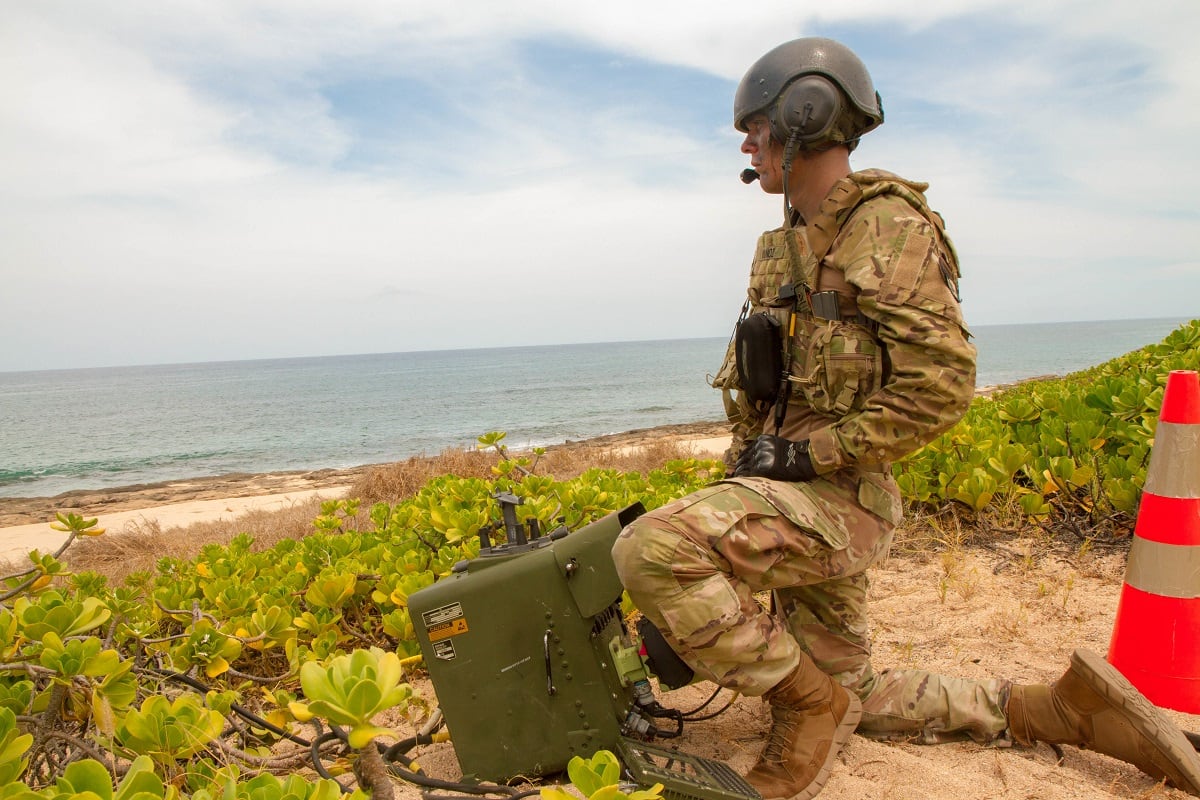
As the service brings prototypes online, many could go directly to the MDO task forces for real operational evaluation, McConville confirmed. And the task forces will help the service figure out how to redesign force structure to align with MDO doctrine, he said.
The MDO task force in the Pacific has been operating for well over a year, while the European task force is just getting off the ground.
Managing talent
To be successful modernizing the force, the Army has acknowledged it needs a talent-management system to ensure the right people are in the right place to execute concepts and bring about new equipment.
“We are in the process of implementing an integrated personnel and pay system,” McConville said. Right now, it’s being fielded to the National Guard and will be used across the country within a year, he added. The following year, it will be implemented in the active and reserve forces.
“So in two and a half years … all three components will be on one personnel system,” McConville said. “Which is a really big deal for us.”
The Army is also ensuring talent is aligned appropriately, he said, through a deliberate process. “What that’s going to do is allow us to start to describe our officers in much more detail than just two variables, like you are a captain of the infantry or you’re a major of engineers. Now we’ll know what type of knowledge, skills and behaviors you have and even your preferences.”
The process will do a better job of getting the right person in the right place, he said. And the pay system will help incentivize people based on their knowledge, skills and behavior, he added.
The chief is also committed to extending the time a person might be in a job.
Moving from an industrial-age to an information-age army, McConville said, means treating personnel differently. “Industrial ages treats everyone as an interchangeable part,” but “what we’re doing with our talent management system is recognizing, first of all, that there’s officers, noncommissioned officers and soldiers with certain knowledge, skills and behavior, and certain talents.”
Putting someone like the Army Futures Command chief or cross-functional team leaders tasked to carry out modernization priorities, for instance, in the job for six years instead of four or two years means more stability, according to McConville.
“We think that’s important because they will be able to follow a program through the major steps and we won’t be continuing to change leaders at critical times and we’ll have institutional knowledge to work with industry to drive these programs through,” he said.
Jen Judson is an award-winning journalist covering land warfare for Defense News. She has also worked for Politico and Inside Defense. She holds a Master of Science degree in journalism from Boston University and a Bachelor of Arts degree from Kenyon College.








